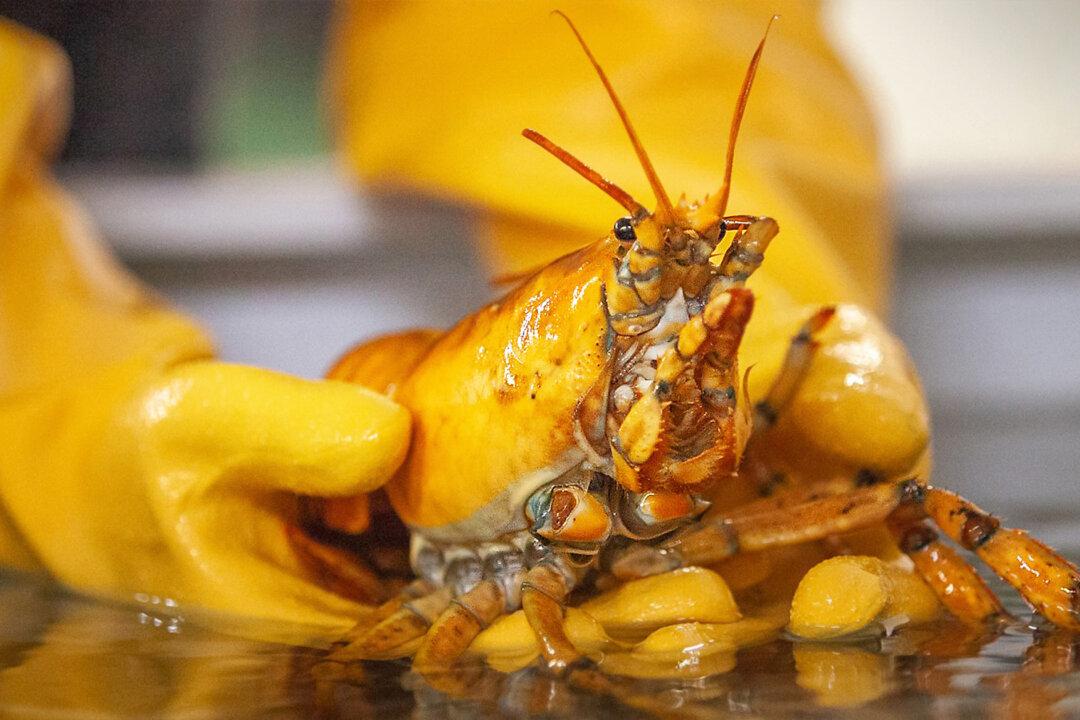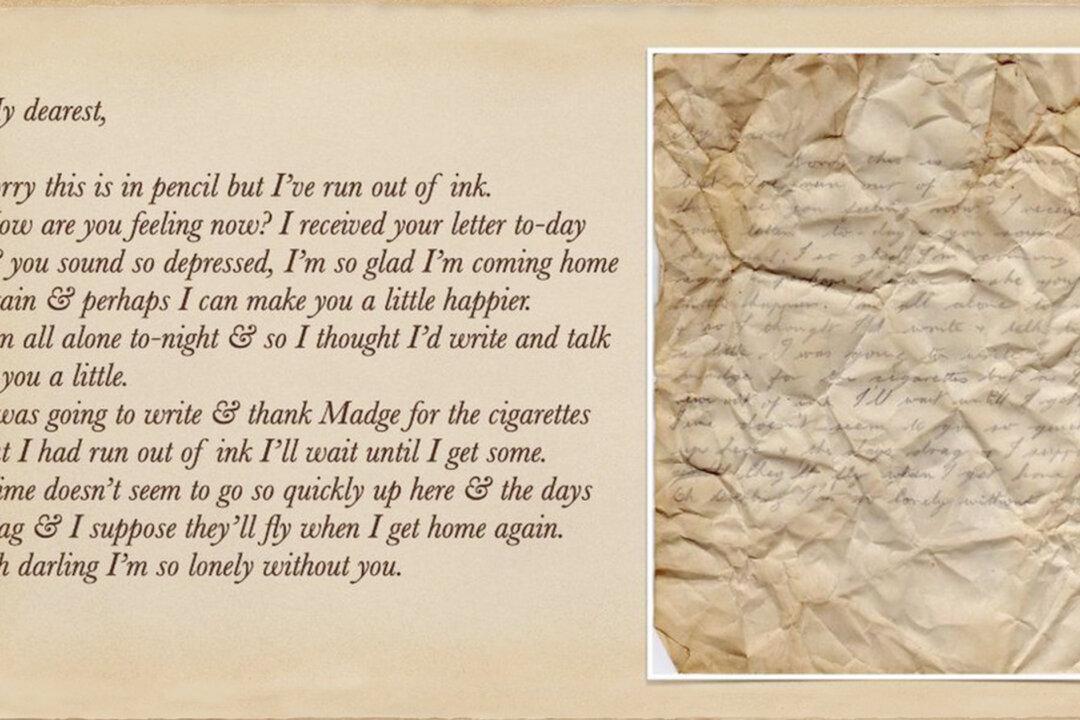An extraordinary ocean discovery has spurred scientific inquiry after a lobsterman caught a yellow-hued lobster with a genetic mutation so rare, it only affects 1 in every 30 million lobsters.
Upon catching the rare crustacean, lobsterman Marley Babb donated it to the University of New England’s Marine Science Center in Biddeford.






